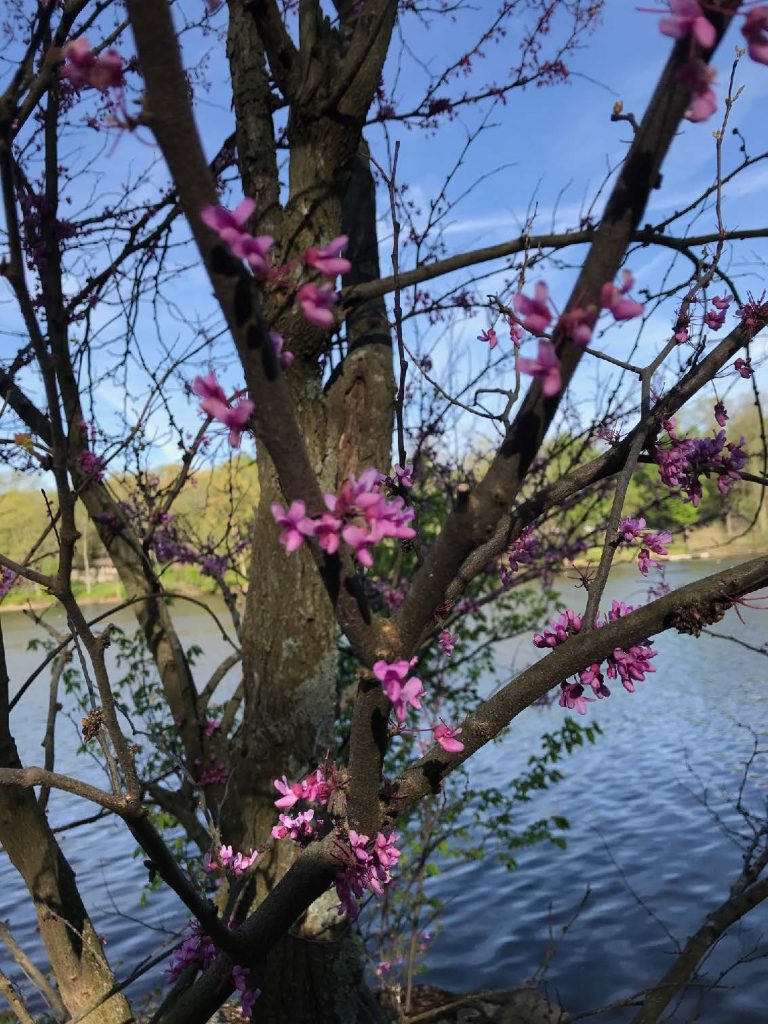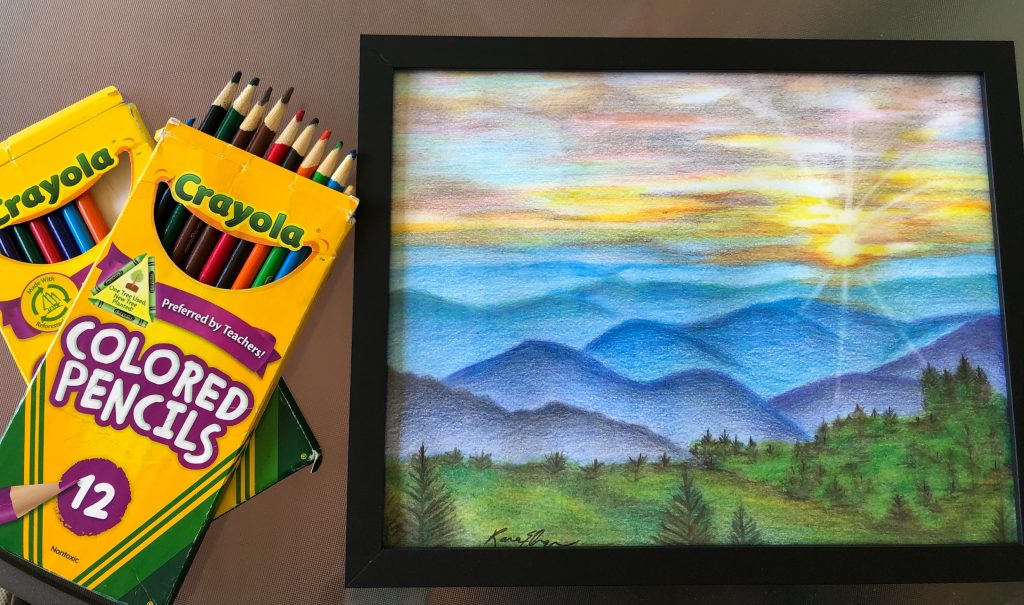Voices in Humanism
Holiday
We spent two days
masked
apart
eating soup at opposite
ends of the dining room
table, walking over
brown leaves carpeting
the sidewalks of our neighborhood
and it would have seemed
ordinary, mundane,
I might not
have noticed it
but for how quickly
your eyes welled
with tears when I broke down
for a moment,
to allow you
to hug me goodbye.
Jessica Rutsky, MD
Pediatric Gastroenterology Fellow
Cincinnati Children’s Hospital Medical Center
Voices in Humanism Board










Recent Comments